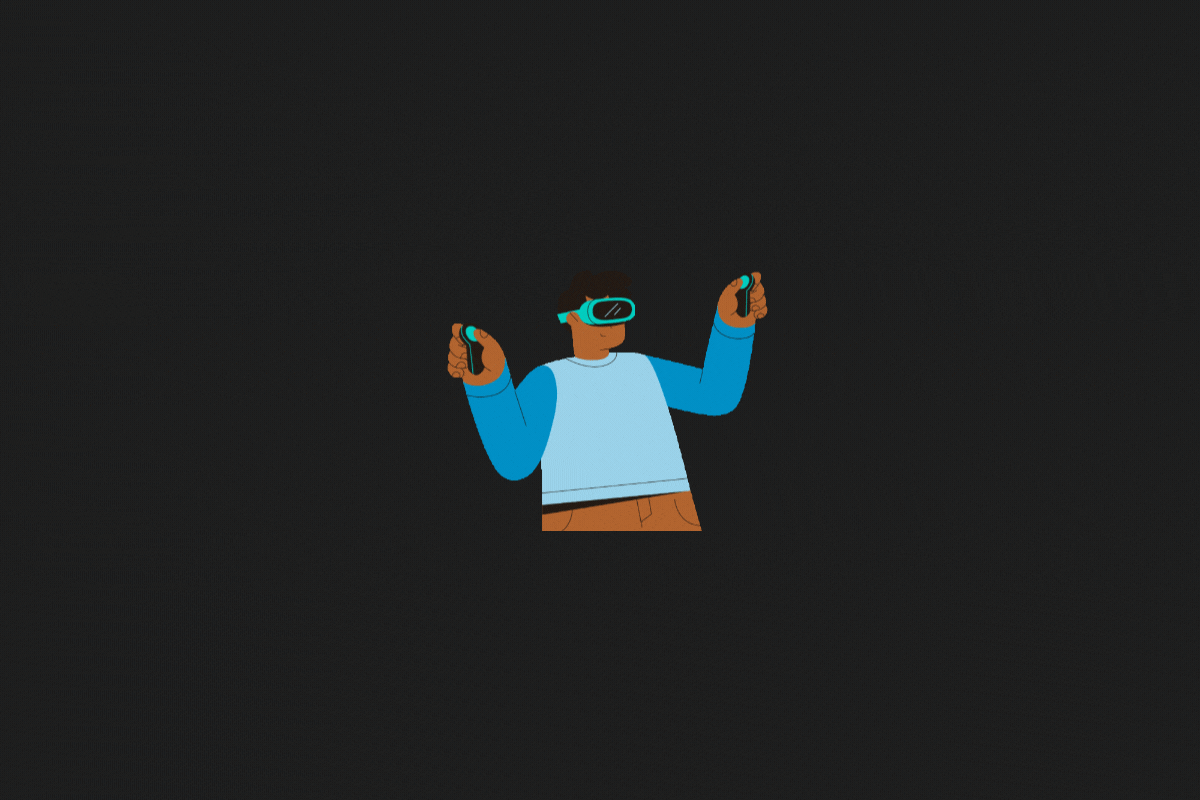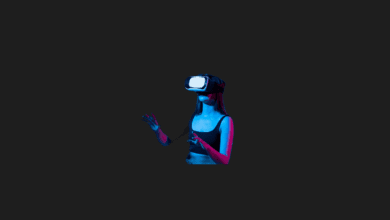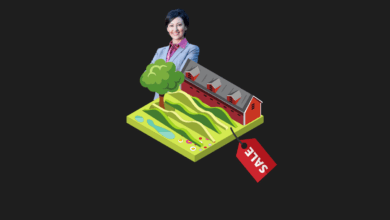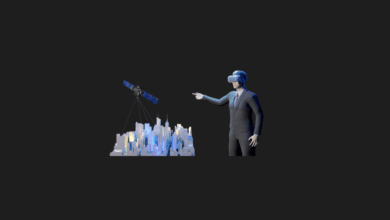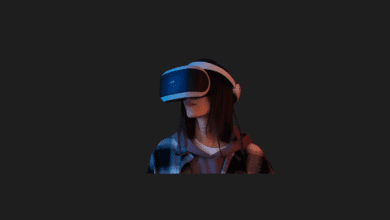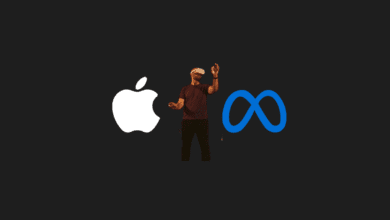
What is Metaverse Architecture? A New Opportunity?
The term “Metaverse” refers to an immersive, collective, and hyper-realistic virtual environment where individuals can coexist, interact, and engage through 3D customized avatars.
The concept gained significant attention when Facebook Inc., amidst the confusion surrounding the term, announced in October 2021 its decision to rebrand the organization as Meta. Facebook’s involvement in the metaverse extends back several years, with its acquisition of Oculus in 2014, a company specializing in virtual reality headsets and equipment essential for accessing this evolving virtual reality.
The vision for the metaverse entails the establishment of a virtual economy, offering opportunities for individuals to work, purchase property, buy virtual clothing, attend events, conduct meetings, and essentially live an online life. Blockchain technology, along with its associated technologies, plays a crucial role in shaping this new reality.
Blockchain has the potential to serve as the foundation for the metaverse economy. Originating with Bitcoin in late 2008, blockchain technology enables the creation of immutable records without reliance on a third party. As the metaverse continues to develop, blockchain is positioned to underpin various aspects of its economy, contributing to the establishment of a decentralized and secure virtual environment.
Metaverse Architecture
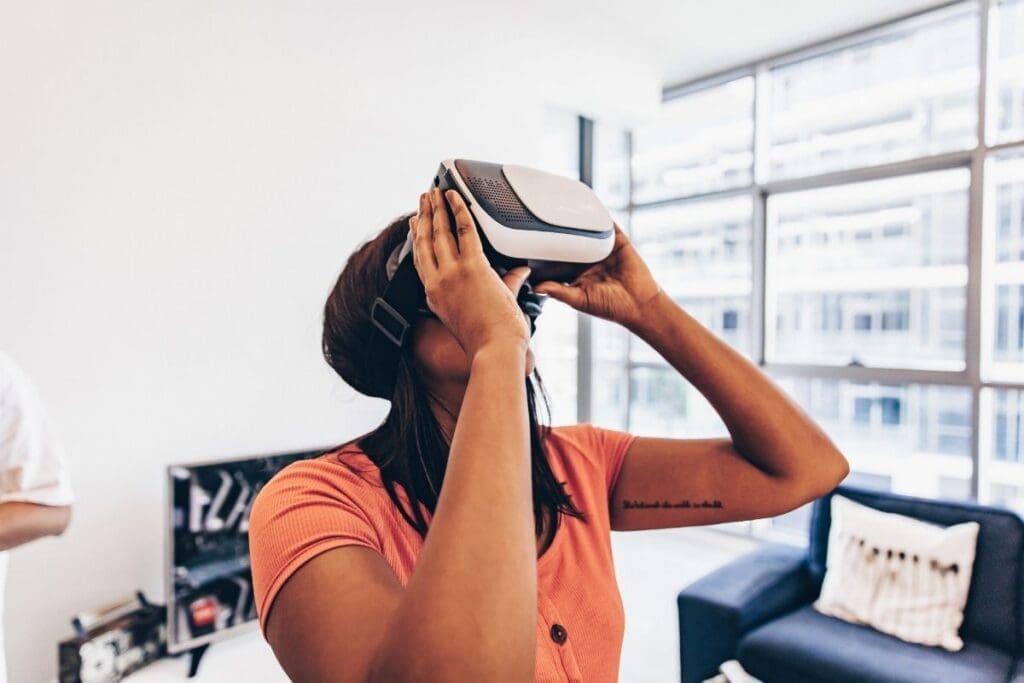
Virtual environments are becoming increasingly widespread and intricate as companies compete to establish platforms enticing people into their corner of the metaverse. Platforms such as Spatial.io, Microsoft Mesh, and Facebook’s Horizon Worlds offer users an extension of work or life, where avatars can convene in contemporary settings or engage in landscapes of fantastical encounters.
Simultaneously, longstanding mega-platforms like The Sims, Minecraft, Second Life, and Roblox have been constructing expansive and immersive virtual worlds, empowering players to create and explore continually expanding landscapes.
In the future, individuals won’t be confined to a singular metaverse; instead, they will navigate multiple interoperable metaverses, all capable of connecting in a digital space facilitated by blockchain and on-platform currencies driving their meta-economy.
Historically, architects, engineers, and builders have largely shaped the physical environment, necessitating measures such as regulations, zoning, accreditations, and best practices. There are valid reasons why not everyone can construct a skyscraper.
Conversely, the metaverse is often envisioned as a collective reimagining of the built environment, often likened to the Wild West, where those with a pioneering spirit and some knowledge of cryptography can carve out their own space in the virtual world as they see fit.
However, the reality is less egalitarian. The metaverse is increasingly influenced by the same forces that govern real estate in the physical world. Speculative cryptocurrency investors and real estate companies are already acquiring substantial virtual “land” in the metaverse, where certain areas may be valued in the thousands of dollars.
In platforms like Decentraland, one of the Metaverse’s largest, the price of land in high-traffic areas has surged to over $10,000.
Virtual landscapes provide the canvas for constructing virtual buildings, some of which deviate significantly from traditional norms—lawless and devoid of conventional construction barriers.
End of Barriers
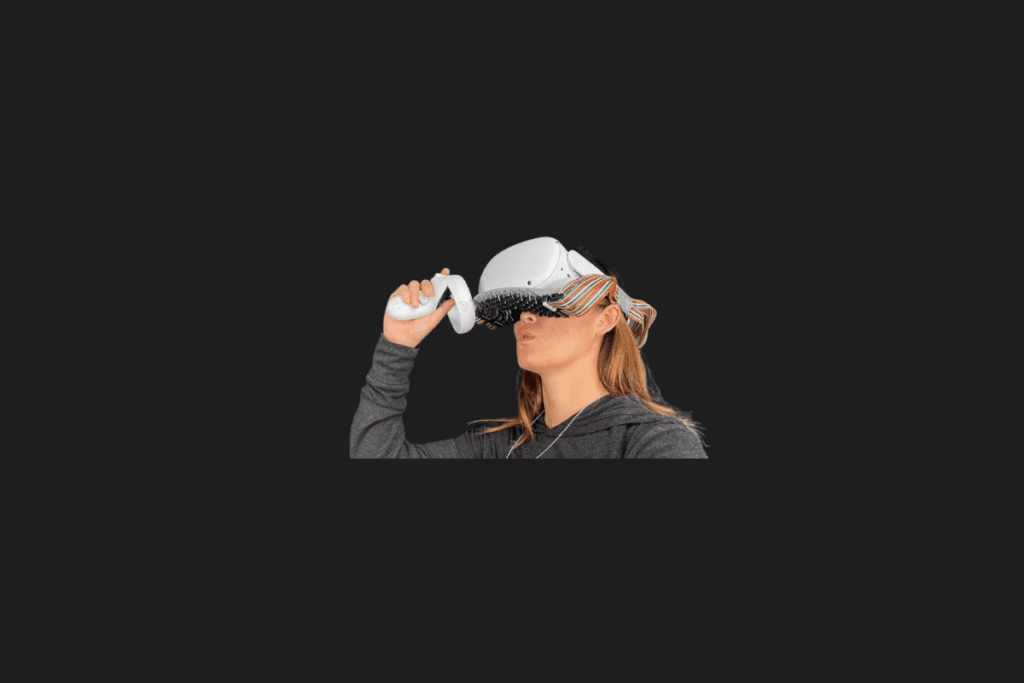
“In the Metaverse, there is no gravity and no material constraints. Meanwhile, things like structure, materiality, and cost go out the window,” says Leon Rost, the director of Bjarke Ingels Group (BIG), which has been actively involved in virtual projects for clients.
The absence of stylistic limitations has intrigued architects keen on challenging conventional boundaries defining spatial possibilities. BIG, in collaboration with UNStudio, has ventured into creating a virtual meeting platform named SpaceForm. Here, individuals can collaborate using holographic charts that showcase real-time 3D renderings and data visualizations within futuristic virtual rooms.
These spaces are often crafted and programmed by users or developers without formal design expertise. While this might be perceived as an existential threat by some architects, experts view it as an opportunity to reconsider who can and should participate in the design process.
Certain architects have embraced these new prospects, extending the boundaries of design into the virtual realm. Zaha Hadid Architects, for instance, introduced “NFTism,” a virtual art gallery exploring architecture and social interaction in the metaverse, showcased at Art Basel Miami.
Customer Inversion

Does the metaverse follow the same operational dynamics as the real world when it comes to attracting clients and projects?
In the real world, architects and designers typically require clients to establish their practices. While it might seem intuitive for architects to dedicate most of their time to designing buildings, a significant portion of their efforts is often directed towards acquiring more clients and projects.
In the Metaverse, the creative economy has the potential to provide equal and abundant opportunities for emerging and/or underrepresented designers, irrespective of factors such as gender, race, or sexual orientation. Individuals can earn commissions by developing virtual experiences for brands and landowners. The ownership model is user-centric, substantially reducing customer acquisition costs.
Unlike the real world where only one design emerges as the winner in a design competition, the Metaverse offers a platform where every designer can showcase their great designs that might otherwise remain dormant on their hard drives. Beyond merely hosting an “unbuilt architecture” exhibit, these designs can be brought to life in the metaverse, allowing designers to share their creativity with a global audience.
In the Metaverse, each niche has the potential to carve out its own community, establish an independent industrial chain, and connect with users who resonate with its unique identity. The metaverse thus provides a space where various creative communities can flourish and find their audience.
Metaverse and Design
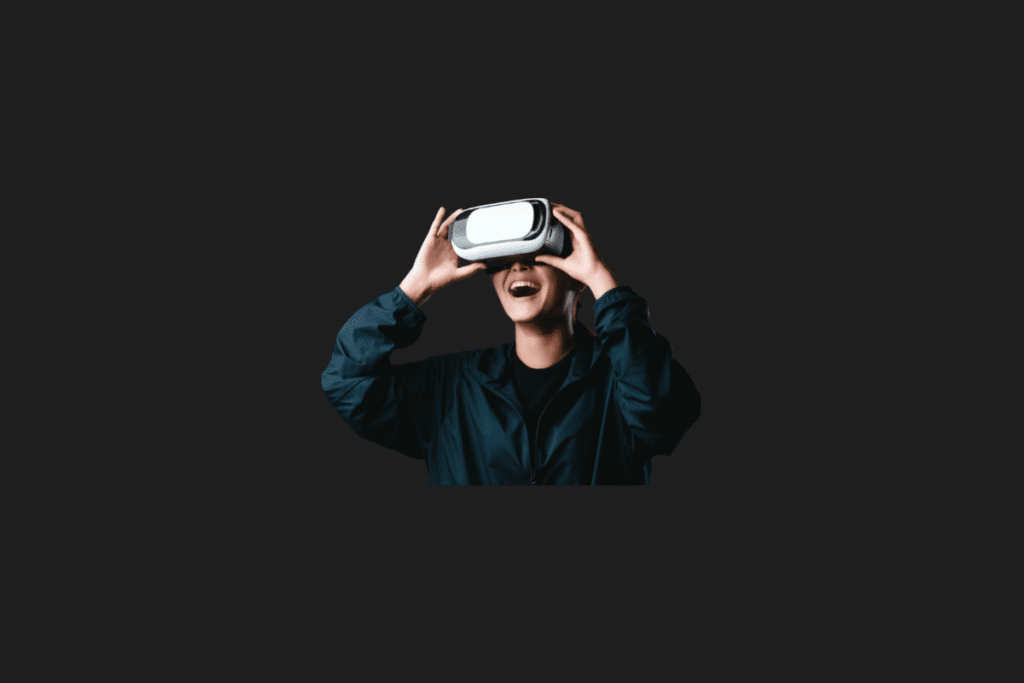
In the realm of design, notable developments have unfolded. Earlier this year, Nemo, a lighting design and technology company, made waves by proclaiming itself the “first” design company to venture into the world of NFTs (Non-Fungible Tokens). This initiative was realized through a collaboration with Luca Baldocchi, a digital interior designer.
Baldocchi collaborated with Nemo to reimagine some of the brand’s iconic physical lighting solutions in a “metaphysical way.” The classics from Nemo were placed in surreal settings, acquiring a renewed and compelling visual language.
Metaverse and Transport

Even the realm of transportation, particularly in the context of travel, stands to be significantly influenced by the emergence of this new mode of communication, living, and working.
The long-standing future of extensive business travel is now in question, courtesy of the rise of online collaboration tools. The trajectory suggests that future air travelers will predominantly be leisure travelers, engaging in activities typical of recreational pursuits.
As the landscape of travelers shifts toward recreational purposes, the aesthetics and functionality of transportation infrastructure, including airports, planes, train and rail terminals, stations, capsules, and other modes of transport, will inevitably undergo transformations.
Given the increasing prevalence of work within the Metaverse, traditional mass transit systems like subways and light rail, originally designed for commuting to and from central urban centers during predictable morning and evening hours, may encounter challenges in terms of relevance and funding.
However, this doesn’t necessarily mean the disappearance of these systems. Instead, the Metaverse itself is poised to play a role in reshaping their utilization. The Metaverse involves creating high-quality digital replicas, or twins, of physical experiences, encompassing transportation infrastructure from large entities like airports and highways to smaller elements like bus stops and bike parking lots, all managed digitally.
This digital transformation is anticipated to bring about various efficiencies, at least in theory. As these efficiencies come into play, the need for physical infrastructure may decrease, leading to reduced construction and maintenance requirements.
There is still much to question, comprehend, and address regarding how these changes will extend to areas that we may not even be able to envision at present.
You may also like this content
Follow us on TWITTER (X) and be instantly informed about the latest developments…




